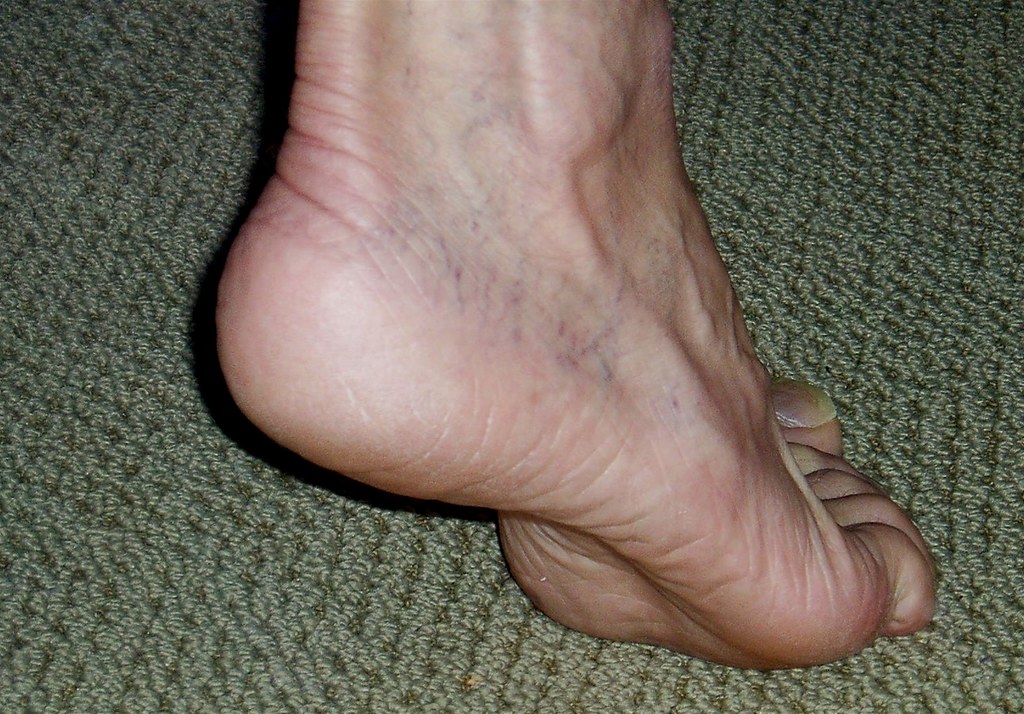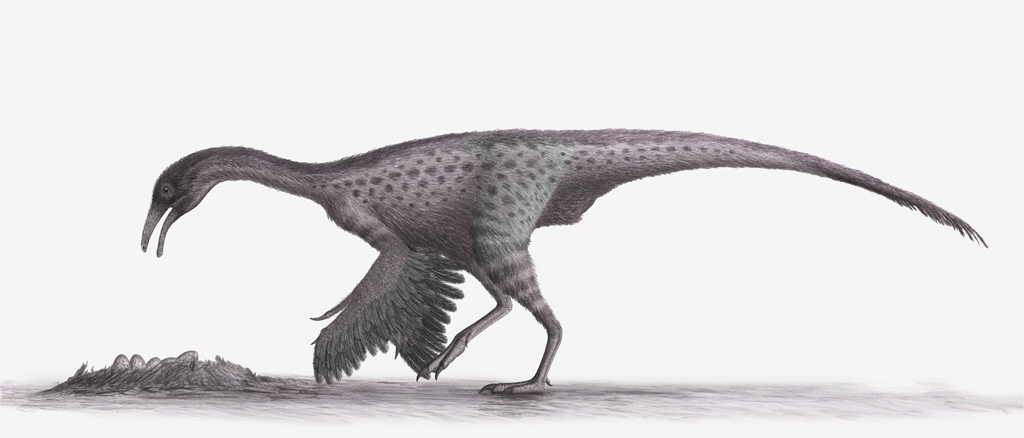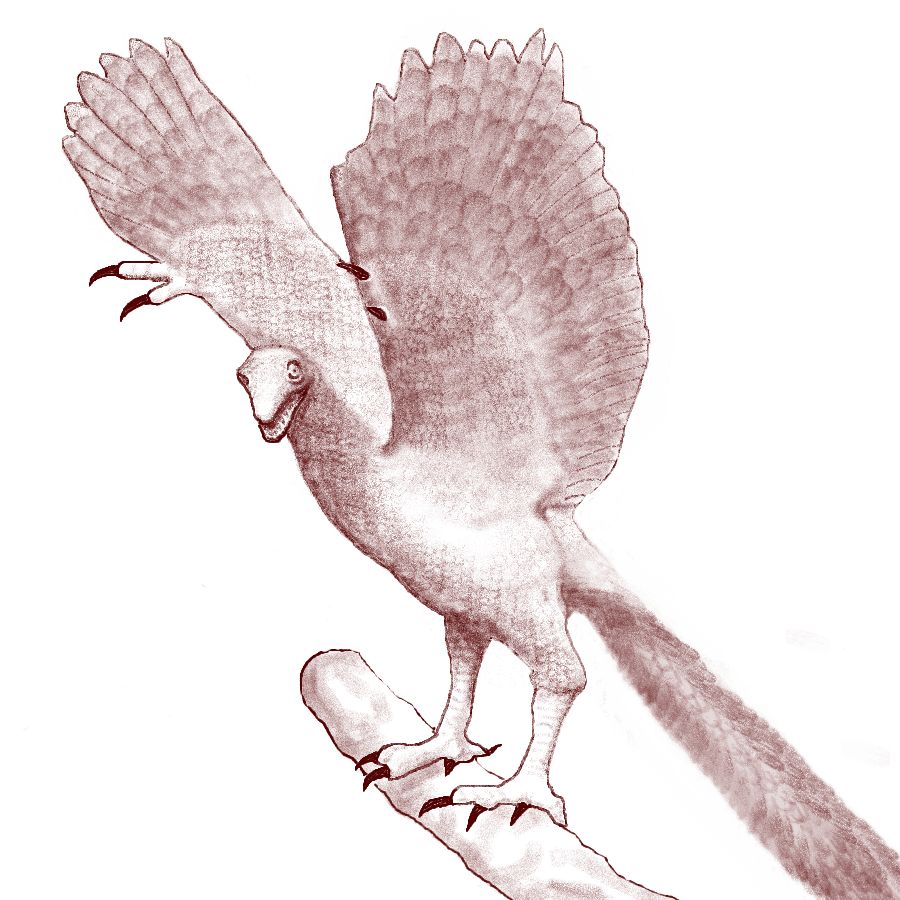Random Evolution Doesn’t Produce Algorithmic Functions in Animals
A bird does not fly just because it has wings; it needs a “flight” program in its brain. Explanations of the evolution of flight do not account for that.In a recent article “Evolution and artificial intelligence face the same basic problem,” Eric Holloway addressed the conundrum faced by artificial intelligence theorists: How can “a random process with no insight into the environment… increase information about that environment within evolving DNA sequences and/or artificial intelligence programs. By what mechanism can randomness ‘know’ anything?” Dr. Holloway’s challenge goes to the heart of the problem with the materialist worldview regarding origins, evolution, and ultimately intelligence.
Software vs. hardware in your body

Imagine you knew absolutely nothing about roller skates. Then you awoke this morning to find your ankles and feet permanently installed into roller skates. Instantly, everything you understood about walking and running is worthless.
Getting onto your feet at all is risky. Standing is your second awful challenge. To move, you can’t walk; you must glide. To turn is a mysterious twist-and-lean maneuver. Stopping means grabbing onto something stationary or just falling down — a lot. Don’t even think about moving backward. When you finally gain some skating skills through endless struggles, you find skates are great for speed on paved surfaces. But they are slow and dangerously ill-suited for gravel, grassy terrain, or staircases. You will certainly miss your feet in their natural state.

This thought experiment captures the fundamental distinction between biological hardware and biological software. We have hardware for locomotion: ankles and feet. We need the know-how, the methods, the sequence of commands — the software — to operate that hardware. Feet don’t walk us, nor do they walk independently of us. Rather, we walk using feet. When the hardware changes, for example, if feet were to become roller skates, the software must change radically too.
If you don’t figure out how to move around on skates instead of feet, your chances of surviving and thriving greatly diminish. Having to think specifically about every step or glide would drain your energy, so you need to develop the sort of “muscle memory” with skates as you previously had with feet.
Bottom line: You must change your software to operate new or modified hardware. In the same way, when an animal’s biological hardware changes, that animal’s operating software must also change to match the hardware changes.
So what happened when dinosaurs became birds?
Somehow, when we think about evolution, the problem of hardware–software coordination is ignored. Take, for example, the neo-Darwinian claim that modern birds evolved from reptile-like dinosaurs. Discussions of dinosaur-to-bird evolution talk about the hardware changes: scales became feathers, legs became wings, cold-blooded (exothermic) physiology became warm-blooded (endothermic) physiology, tooth-filled mouths became beaks, and so on. All of these monumental changes in hardware present enormous operational challenges that incremental mutations somehow solved over millions of years. But totally missing is any account of the evolution of the necessary software.
Assume for the moment that unguided mutation could actually modify a reptile and install the wing apparatus, including all the muscles and feathers. For the early stubby proto-wing to give the modified reptile the “survival advantage” necessary to win in natural selection, the reptile must know how to use the proto-wing. A reptile with proto-wings instead of legs is like a human with roller skates instead of feet. The reptile must have the biological software to operate the proto-wings successfully. Whatever software the legged reptile had, it won’t operate a proto-wing. The stubby-winged reptile is worse off than his legged brothers and sisters, not better, and won’t win the natural selection prize.

So let’s generously give a reptile a full set of beautiful wings with feathers and the powerful muscles needed. We have doomed the poor creature. She wakes up to the world, clueless about how to use the wings. She can’t walk like her legged siblings. She can’t fly because she lacks the software, in the sense of neurological adaptations, to launch, flap, soar, glide, turn, and land.

Why neurological functions must be programmed into a life form
Operating feet or skates, legs or wings, is algorithmic. Robert Marks, Michael Egnor, and Winston Ewert have all argued that the “mind” is distinct from the “brain,” at least in humans, and that “consciousness” does not arise in the brain alone. William Dembski has suggested that consciousness could potentially be the result of material features that are intelligently designed. It is a fair question whether consciousness, human reason, and subjective preferences are algorithmic or non-algorithmic. But those elements of mind function well above walking or even flying in terms of complexity or comprehensibility; the ordinary operations of movement are algorithmic because they can be programmed into computers.
When walking or skating, we develop “muscle memory.” Our brains and nervous systems internalize the procedures for these tasks. We don’t think about them, we just engage them. The toddler toddles around looking for the kitten he wants to play with — and finds it prudently perched on a ledge out of arm’s reach. The toddler doesn’t think about having to walk while trying to carry out that intention. Doubtless, reptiles don’t think about walking, and birds don’t think about flying. They just expect the subroutines in their brains to carry out the tasks.
Materialism’s software gap
According to the materialist view, every feature of life is explainable using cause-and-effect physics and chemistry. Neo-Darwinism (the theory that natural selection acting on random mutation builds complex, functional structures) still seems to be the dominant materialist account of the existence of animal species. To properly claim that throne, however, neo-Darwinism must explain not only how hardware features mutated into existence but also how the biological operating software came into existence and could then be modified successfully in dramatic ways.
Walking and flying are two animal functions that are often called “behaviors.” I scoured the Encyclopedia of Evolution (2002) a few years ago but found no substantive explanation for the origins and implementation of behaviors.
Computer systems within robots can engage in behaviors and we can see and modify the software code that was designed for the purpose. I’ve been reading articles about dinosaur-bird evolution, but none have described where and how the walking and flying software is encoded and stored in the animals’ bodies or brains. No article I’ve seen reveals the mechanism for modifying behavioral software in animals, let alone how the algorithm for walking in two dimensions can be modified by undirected mutation to become the algorithm for flying in three dimensions.
Materialist thinkers contend that every feature of brain, mind, and consciousness arose via cause-effect physics and chemistry accounted for by neo-Darwinism. In that case, they first need to explain how biological software is created and stored in animals, and then how such software can be mutated by accident just in time to operate new biological hardware. Solve those problems first, before claiming human consciousness is mere biochemistry.
Note: See also the detailed presentation about bird flight prepared by Professor Gary Ritchison, Eastern Kentucky University here and here.
Photo credits:
Figure 1: Roller skates is by Ryan McGuire at Pixabay.
Figure 2: “Foot” by HeelsandFeet is licensed under CC BY 2.0
Figure 3: Feathered Dinosaur: File:Harpymimus steveoc.jpg” by Steveoc 86 is licensed under CC BY 2.5
Figure 4: Archaeopteryx closer to a bird by Luna04 at French Wikipedia is licensed under CC BY-SA 3.0
You may also enjoy: “Evolution and artificial intelligence face the same basic problem.” Think of the word ladder game, where we transform one word into another by changing only one letter at a time. (Eric Holloway)
